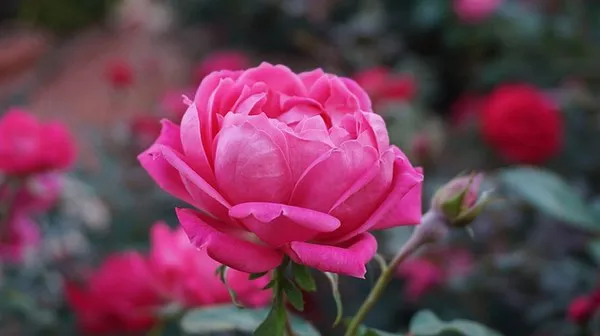Flower arrangements are not only aesthetically pleasing but also convey emotions, enhance environments, and add a touch of natural beauty to any space. With their diverse colors, shapes, and fragrances, flowers offer endless possibilities for creative expression. In this comprehensive guide, we will explore the various types of flower arrangements, from traditional to contemporary, allowing you to delve into the captivating world of floral design. Whether you’re an aspiring florist or simply an enthusiast, understanding these different styles will help you appreciate the artistry behind each arrangement.
Ikebana
Originating in Japan, Ikebana is a highly disciplined form of flower arrangement that emphasizes minimalism, asymmetry, and harmony. The essence of Ikebana lies in capturing the beauty of nature while maintaining a sense of balance. This style often incorporates branches, leaves, and other non-floral materials. Key schools of Ikebana include Ikenobo, Sogetsu, and Ohara, each with its own distinct principles and approaches.
European Floral Design
European floral design encompasses several styles, including English Garden, Dutch Floral, and French Floral. These styles emphasize abundant use of flowers in a lush, naturalistic manner. English Garden arrangements evoke a casual, countryside feel with mixed-colored blooms, while Dutch Floral designs focus on bold, contrasting colors and geometric patterns. French Floral arrangements exhibit elegance and refinement, often featuring tightly clustered flowers with strong visual impact.
Modern/Contemporary
Modern or contemporary flower arrangements break away from traditional conventions and embrace innovative techniques and unconventional materials. These arrangements prioritize artistic expression over symmetry and may incorporate elements such as wire, glass, or even unconventional objects like driftwood or recycled materials. Contemporary designs often exhibit bold colors, unexpected textures, and unique spatial arrangements.
Oriental Floral Design
Oriental floral design draws inspiration from Chinese and Japanese traditions. Chinese arrangements typically emphasize a balance of Yin and Yang energies, creating a harmonious composition. These designs often incorporate symbolic elements such as number symbolism and color associations. Japanese floral design, influenced by Ikebana, emphasizes simplicity and space, with an emphasis on the beauty of each individual flower.
Tropical Floral Design
Tropical floral arrangements reflect the vibrant and diverse flora found in tropical regions. These designs are characterized by lush foliage, large and exotic blooms, and a riot of colors. Tropical arrangements often convey a sense of energy and exuberance, making them popular for celebrations, parties, and themed events.
Seasonal/Event-Specific Arrangements
Seasonal flower arrangements celebrate the beauty of specific times of the year, such as spring blossoms, summer bouquets, fall harvest displays, and winter holiday creations. Event-specific arrangements cater to occasions like weddings, funerals, graduations, or corporate functions. These arrangements consider themes, color schemes, and the overall atmosphere of the event to create a cohesive and memorable floral display.
Conclusion
Flower arrangement is a captivating art form that combines creativity, aesthetics, and an understanding of nature’s beauty. From the elegance of Ikebana to the boldness of contemporary designs, each style offers a unique perspective and evokes different emotions. By exploring the various types of flower arrangements—such as Ikebana, European, modern, Oriental, tropical, and seasonal/event-specific—you can gain a deeper appreciation for the artistic techniques and cultural influences behind each approach. Whether you aspire to become a professional florist or simply want to enhance your floral arranging skills as a hobbyist, this comprehensive guide serves as a starting point for your journey into the enchanting world of flower design. Embrace the beauty of nature and let your creativity bloom!


